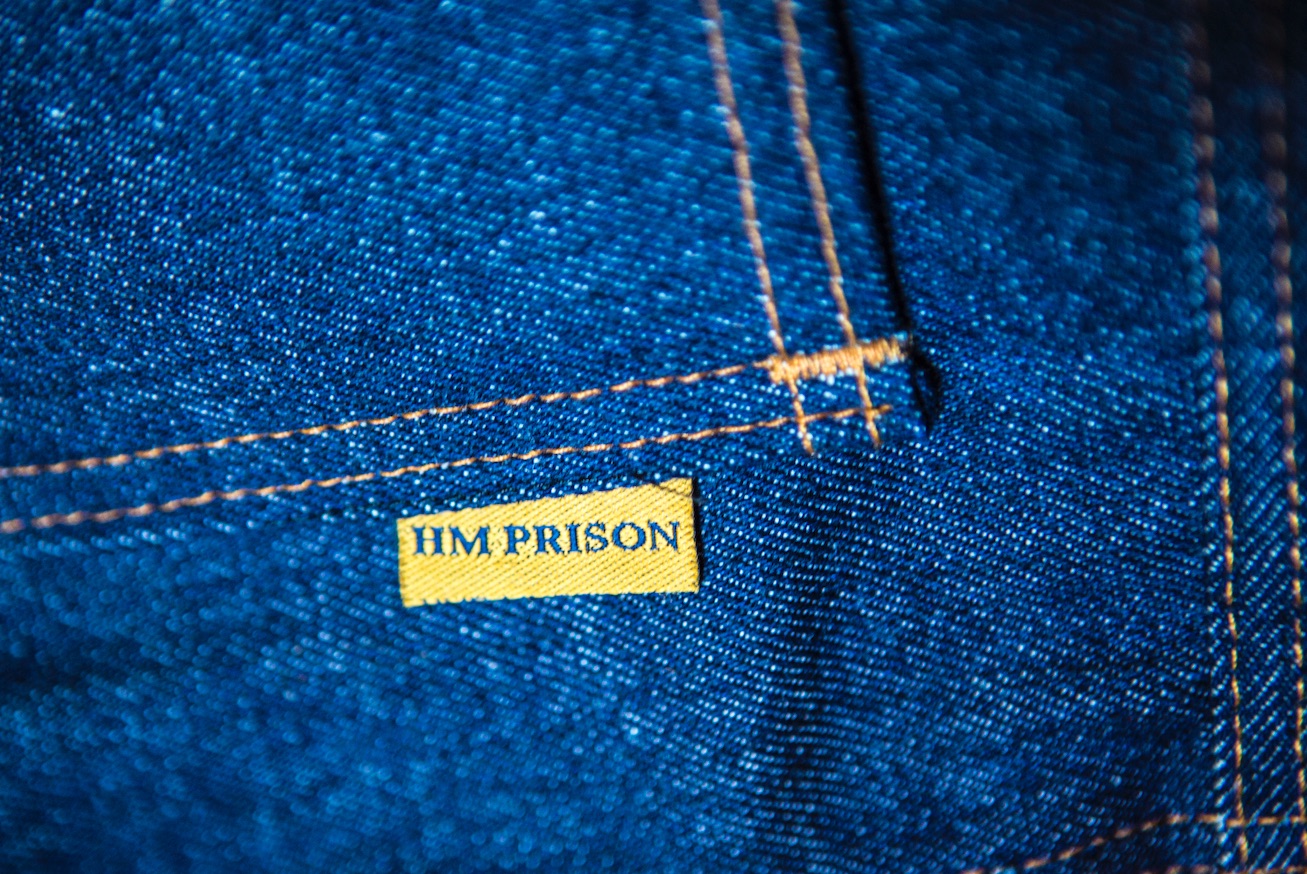Proposals to change existing arrangements for transgender prisoners are due to be confirmed by the government and rolled out across prisons in England and Wales. Last month, it emerged that the then-Justice Secretary Dominic Raab sought to change existing arrangements so that transgender women were not housed with women born biologically female in prison estates. ‘Having reviewed the arrangements in July, the Justice Secretary directed changes so transgender prisoners with male genitalia are not housed with other biologically born women in the female prison estate, unless specifically signed off by a Minister,’ said a spokesperson for the Ministry of Justice.
‘’Once confirmed by the new Government in September, it would be implemented as soon as possible.’
The latest proposal – which, with the recent selection of the new Prime Minister, is expected to be implemented as soon as possible – contrasts with a High Court ruling in July 2021 regarding current policies on transgender women in prisons. In his judgment Lord Justice Holroyde, sitting with Mr Justice Swift, acknowledged that there did exist some ‘fear and anxiety’ by female inmates towards transgender inmates. However, he dismissed the claim backed by campaign groups such as Keep Prisons Single Sex and Fair Play for Women, stating that current policy is lawful. Lord Justice Holroyde emphasised that to exclude transgender women from women’s prisons ‘would be to ignore, impermissibly, the rights of transgender women to live in their chosen gender’.
The MoJ spokesperson noted that the origins of Mr. Raab’s decision lay in the reported sexual assaults by transgender women in female prisons and the risk that transgender women, particularly those convicted of serious sexual offences, pose to other female prisoners. However, and as confirmed by the High Court judgement, claims about the risk of sexual assault were a ‘misuse of the statistics, which… are so low in number, and so lacking in detail, that they are an unsafe basis for general conclusions.’
According to the Her Majesty’s Prison and Probation Service, there were 163 prisoners who are transgender in 2019, an increase from the 139 inmates recorded in 2018. 129 prisoners reported their legal gender as male and 32 prisoners identified as female; two did not state their legal gender. Due to the circumstances surrounding the coronavirus pandemic, no figures were provided for the 2019/2020 Annual Report. However, the figure for transgender prisoners has continued to increase. The MoJ reported that, as of April 2021, there are 146 transgender women prisoners across England and Wales.
In 2020, HMPPS issued operational guidance on the care and managements of transgender individuals in prisons (available to view here). The guidance stated that ‘decisions to locate individuals who are transgender in prisons that do not match their legal gender can be made only on the recommendation of a Complex Case Board. This board will take into account risk factors to the individual and risk to others.’
The MoJ have released further statements affirming that ‘[w]hile there have been no substantiated sexual assaults by transgender women in the female estate since 2019, the safety of all those in our care is a top priority.’ Given Lord Justice Holroyde’s judgment, as well as operational guidance from the HMPPS, the proposed policy amendments will likely face legal challenges if implemented.
Additional reporting by Udit Mahalingam





